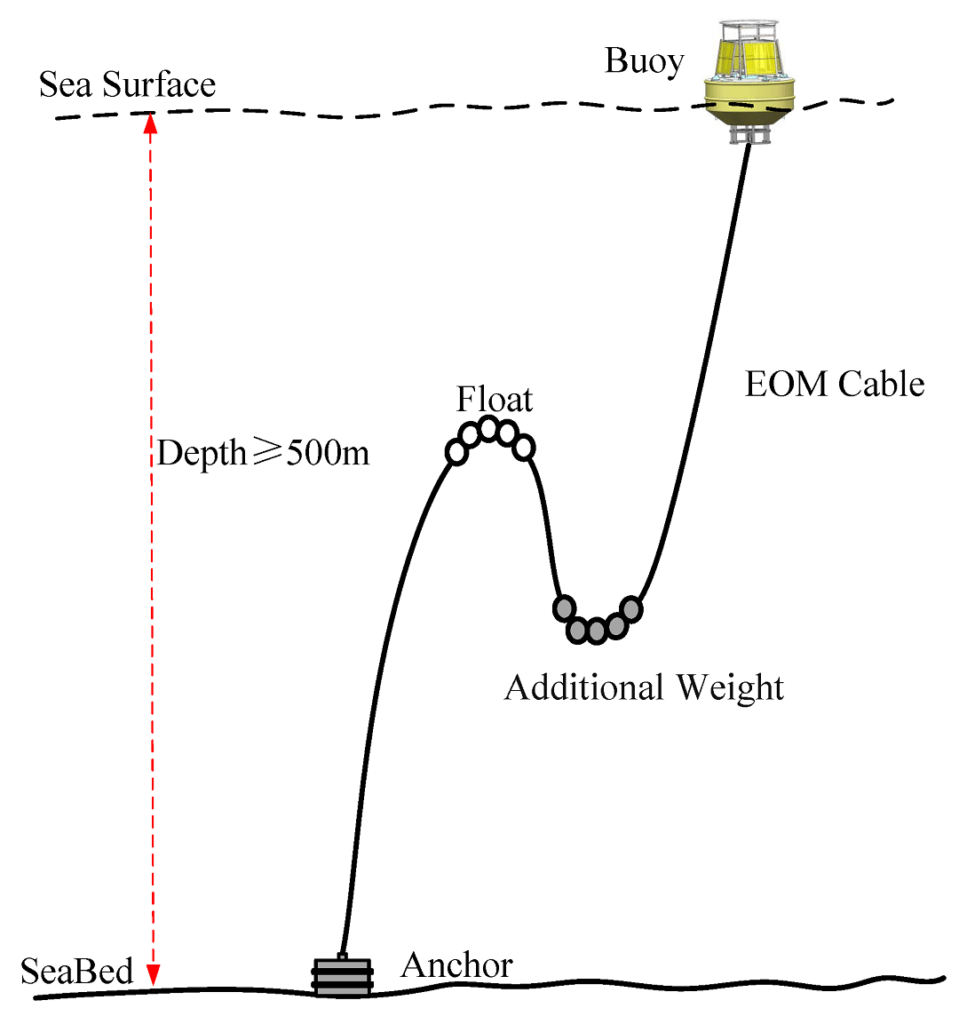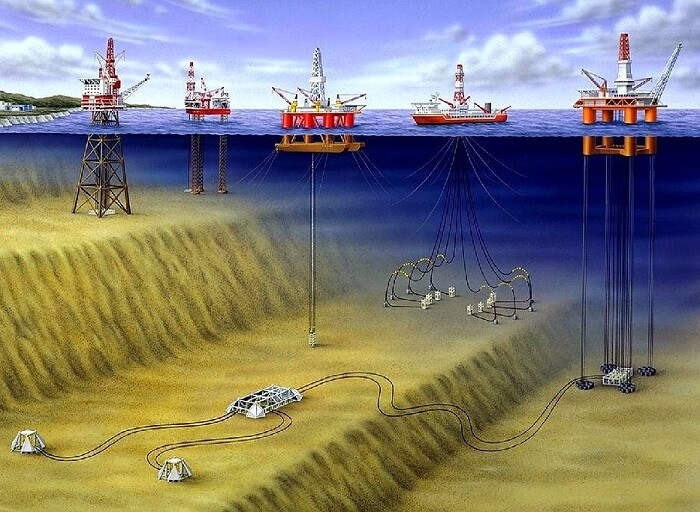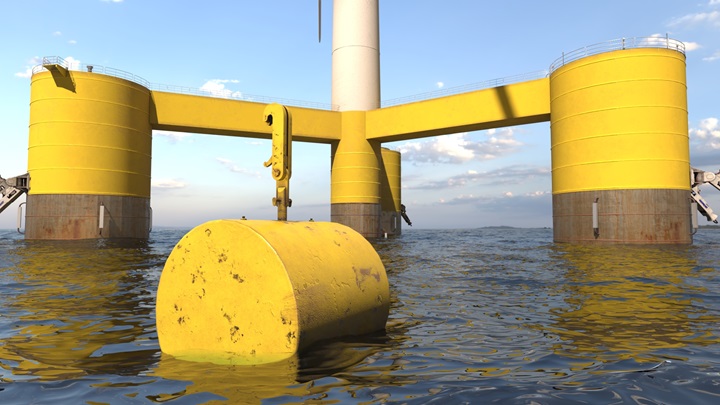Mooring systems are essential for safely securing vessels to fixed or floating structures such as jetties, mooring buoys, or offshore platforms. Having a clear understanding of mooring systems and their components is crucial for marine personnel, vessel operators, and offshore engineers.
Using 3D is an effective way to introduce and explain the complex working of a mooring system animation. In this article, we’ll cover mooring systems and the reasons for using 3D animation to discuss them, as well as tips on creating a good impact with the 3D animation.

What is a Mooring System?!
A mooring system is composed of several components that work together to keep a vessel safely in place. The main components of a mooring system include;

- Anchor – A heavy object that is placed on the seabed and used to hold a vessel in place.
- Chain – Steel chain links that connect the anchor to the vessel. Chains are strong and durable, able to withstand the forces of wind, waves, and currents.
- Rope – Synthetic ropes that are used to connect the chains to the vessel. Ropes provide elasticity and shock absorption, reducing the strain on the mooring system during rough weather conditions.
- Buoy – A buoy is attached to the rope to keep it afloat and visible. Buoys also serve as a marker for other vessels to avoid the mooring area.
Reasons for Using 3D Animation
There are several reasons why 3D is an effective tool for introducing and explaining mooring system by animation
- Visualization – If you’re dealing with complex concepts, visualization can help people better understand how things work. With help of the mooring system animation, viewers can see how each component of the system fits together and interacts with one another.
- Engagement – 3D animations are more engaging than static images or text. Animations add movement, sound, and narration, making it easier for viewers to stay focused and interested.
- Accuracy – With 3D mooring system animations, you can accurately depict the scale and size of each component of the system. This helps viewers understand how much force is required to keep a vessel in place.
Tips on Creating a Good Impact with the 3D Animation
- Keep it simple – While 3D animation can help explain complex concepts, it’s important to keep the animation simple and easy to understand. Use clear and concise language, and avoid overwhelming viewers with too many details.
- Focus on the key components – When creating a mooring system animation, focus on the key components that are essential for keeping a vessel in place. Avoid including unnecessary details that may distract viewers from the main message.
- Use narration – Narration can help guide viewers through the animation, providing context and explanation for each scene. Use a professional voice-over artist to record the narration, ensuring that it is clear and easy to understand.
- Use sound effects – Sound effects can add an extra layer of engagement to the animation. For example, use the sound of waves crashing against the shore or the clanging of chains to help viewers understand the forces at work.
In summary, a mooring system is composed of several components that work together to keep vessels safely secured to fixed or floating structures. 3D animation is an effective tool for introducing and explaining mooring systems because it provides visualization, engagement, and accuracy. To create a good impact with the animation, keep it simple, focus on the key components, use narration and sound effects, and ensure that it is clear and easy to understand.
Certainly! A mooring system is a collection of devices used to secure a vessel in place while it is anchored. The purpose of a mooring system is to keep the vessel from drifting away due to wind, waves, or currents.
A typical mooring system consists of an anchor, a chain or rope (known as rode), and a buoy or float. The anchor is the device that is embedded into the seabed to provide resistance against the movement of the vessel. The chain or rope connects the anchor to the buoy or float and provides the necessary length to allow the vessel to move with the tides and currents. The buoy or float is a visible marker on the surface of the water that indicates the location of the mooring.
There are several types of mooring systems, including single-point moorings (SPMs), spread moorings, and turret moorings. Single-point moorings are commonly used for large tankers and floating production storage and offloading vessels (FPSOs). In this type of mooring, a single buoy or float is used to connect the vessel to the anchor. Spread moorings are typically used for smaller vessels and involve multiple anchors and chains or ropes. Turret moorings are used in FPSOs and involve a rotating turret that allows the vessel to weathervane, or rotate with the wind and current, while remaining stationary.
Mooring systems must be designed to withstand the forces exerted by wind, waves, and currents. The size and weight of the anchor, as well as the length and strength of the chain or rope, must be carefully calculated to ensure that the mooring can withstand these forces. Additionally, the location of the mooring must be chosen with care to ensure that the seabed can support the weight of the anchor and the vessel.
